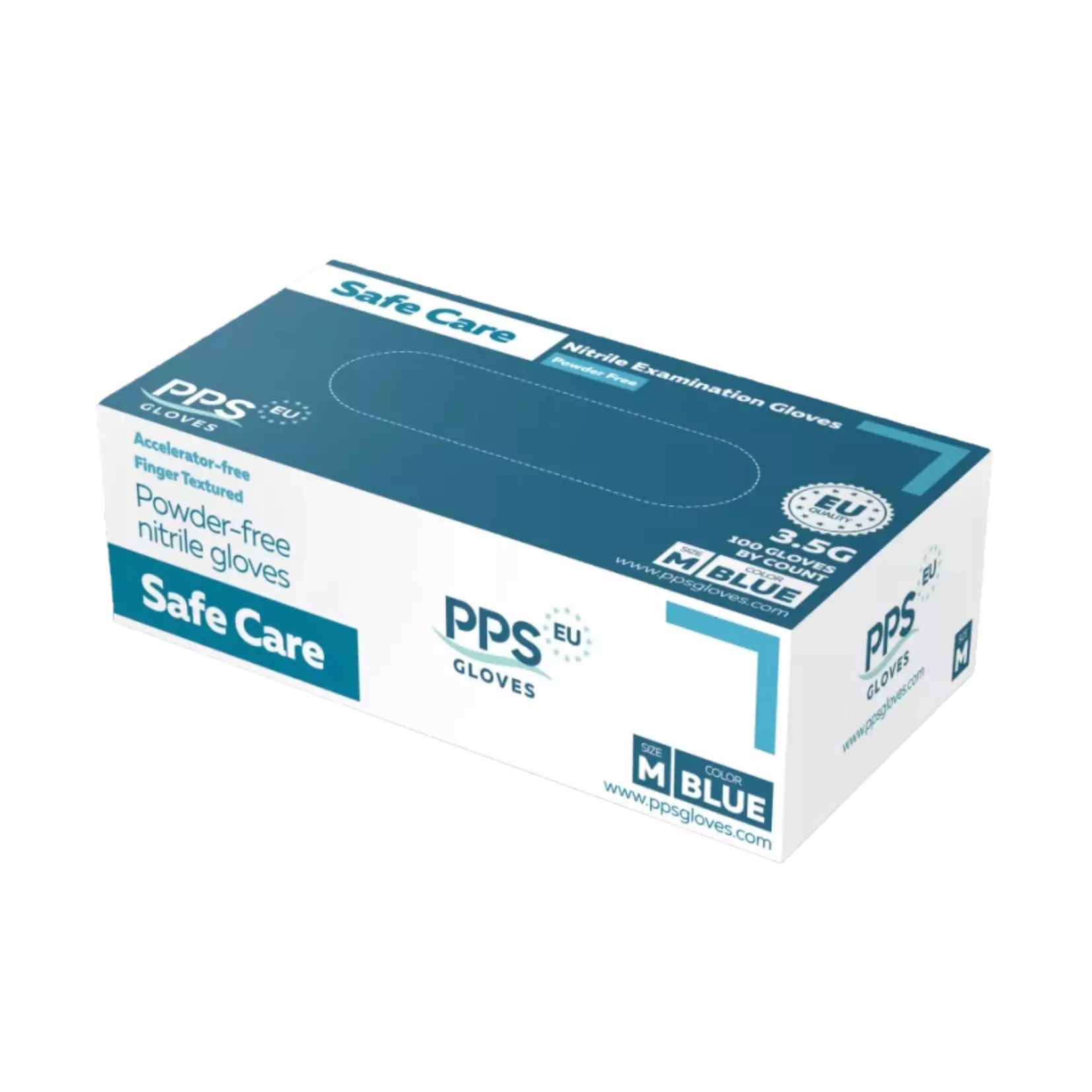
Product description
The product description has not been specified
About Disposable Nitrile Gloves
Disposable Nitrile Gloves provide latex-free hand protection with superior chemical and puncture resistance. These single-use gloves offer excellent tactile sensitivity and a secure fit, making them ideal for healthcare, food service, cleaning, and industrial applications where hygiene and safety are essential.
- Chemical Resistance
- Food Service
- Antimicrobial Protection
Standards and labels
JV Tuonti delivery terms
Free delivery when you order more than 150,00 € from JV Tuonti
Supplier shipping fee 4,74 €
Brand minimum 0,00 €
Safe Care
Safe Care logo
Nitrile Gloves, 10 x 100 pcs
Safe Care
Nitrile Gloves, 10 x 100 pcs
Safe Care logo
(23)
33,40 €
37,23 €
Price per 10 packages (1 000 pcs)
3,34 € / 100 pcs
Estimated delivery: Fri Nov 21
Minimum: 1 cartonChoose quantity
XS
S
M
L
XL
Add 1 to reach minimum
Shipping fee is 4,74 € for orders under 150,00 €